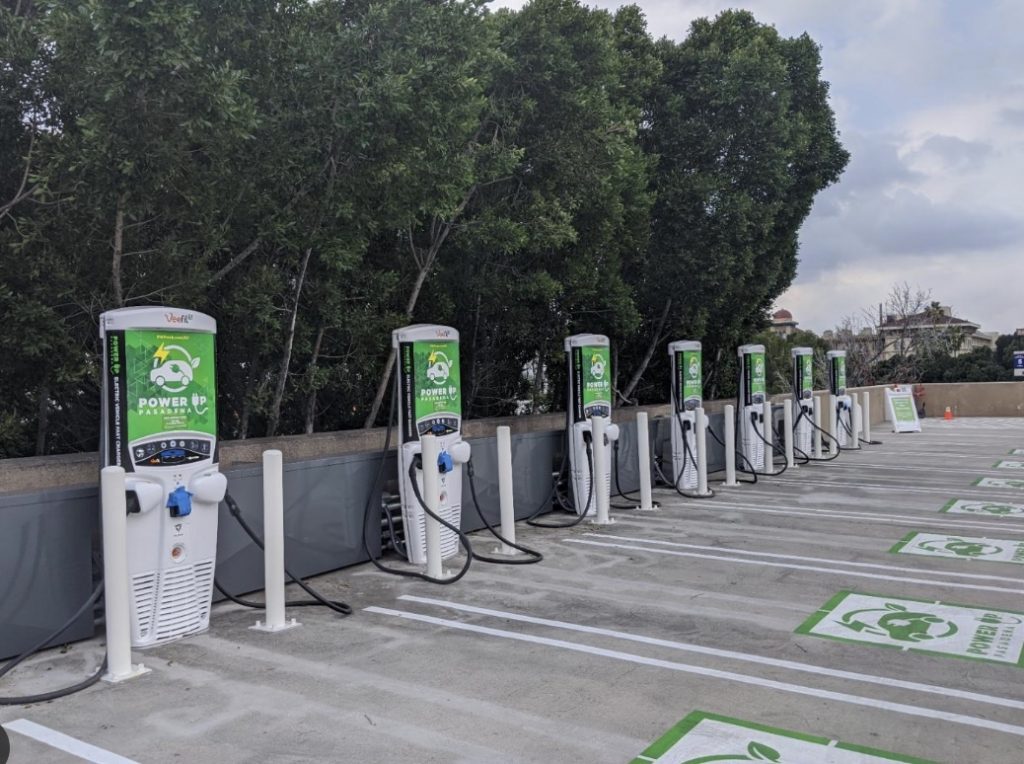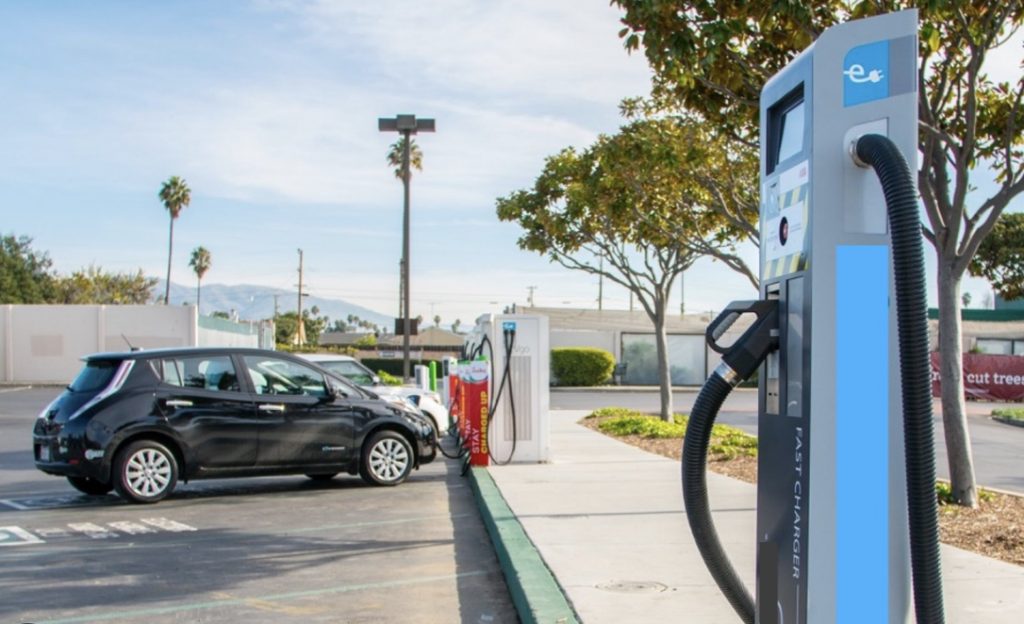
Is Cincinnati-based multinational consumer goods company Procter & Gamble (P&G) standing up to its commitment to prohibit forest degradation? Reuters reported that the company has dropped its pledge to not buy wood pulp from degraded forests like the Canadian Boreal Forest.
More than a million acres of that climate-climate forest are clear-cut each year. That’s one go the forests P&G taps into for toilet paper, paper towels, and facial tissues. It’s an important forest in the fight against climate change, with more than 300 billion tons of climate-altering carbons — twice as much carbon as the world’s oil reserves — in its soils, plants, and wetlands.
P&G is one of many companies violating previous sustainability commitments and greenwashing their efforts.
In 2020, a majority of P&G’s investors passed a non-binding resolution requesting that it assess how it could bolster efforts to eliminate deforestation and forest degradation in its supply chains. That came from scrutiny and pressure the company had been placed under environmental non-profit groups and some shareholders. The boreal forest deals violate the resolution.
The company is under a lot of scrutiny now with the Reuters report and the ABC affiliate in Cincinnati airing a an investigative series called, “Conscience of the Company” that explores how the descendants of Procter & Gamble’s founders are trying to influence the company today.
Another challenge is that the Natural Resources Defense Council (NRDC) late last year filed a complaint with the U.S. Securities and Exchange Commission (SEC) to evaluate if P&G’s claims that it prohibits forest degradation were materially misleading investors.
In March, Greenpeace Australia Pacific asked the Australian Competition and Consumer Commission to investigate whether environmental claims by Toyota have been misleading or deceptive. The greenwashing complaint focused on claims about the environmental performance of Toyota’s vehicles and its net zero ambitions.
Greenpeace’s complaint includes allegations Toyota’s net zero by 2050 plans are not what the company is carrying out in its vehicle production plans, it was lagging way behind on making electric vehicles, and it has lobbied globally to heal, weaken, or delay vehicle emissions standards.
“Toyota Australia has a long track record in helping customers reduce their vehicle emissions, including through the supply of over 315,000 hybrid-electric vehicles and investment in reduced tailpipe emissions vehicles and carbon neutral technologies,” the company said.
Toyota and Honda had the worst EV availability. Only 11% of Honda dealers and 15% of Toyota dealers had an electric vehicle available for sale. That came from the Sierra Club’s new report “Rev Up Electric Vehicles: A Nationwide Study of the Electric Vehicle Shopping Experience,” which shows that the U.S. auto industry is largely failing to meet consumer demand for electric vehicles (EVs) and automakers are greenwashing their EV commitments.
ExxonMobil tops the charts
ExxonMobil has topped the list for worst-case scenario for global automakers seeking to stay completely dependent on fossil fuels. The company had made some big claims about joining the climate change fight and getting out of oil and into other energy. Shell and BP tend to also end up on greenwashing lists.
Last year, PBS’ Frontline news series presented “The Power of Big Oil,” provided a three-part investigative series the role the fossil fuel industry, particularly ExxonMobil, has failed to confront climate change. The evidence was damning — on how much scientists, corporations, and politicians have known about human-caused climate change for decades, and the missed opportunities to mitigate the problem.
“We have continued to maintain a position that has evolved with science and is today consistent with the science,” said Darren Woods, chair and CEO of ExxonMobil, in an October 2021 congressional hearing.
Pacific Gas and Electric Company (PG&E) is in a very tough situation. The company provides natural gas and electric service to approximately 16 million people throughout a 70,000-square-mile service area in northern and central California. As climate change hits hard, PG&E is at the epicenter of wild brushfires raging through the region. The company may be wise to break up the covered area and sell off some of it to other utilities or state-owned entities.
The California Public Utilities Commission (CPUC) recently approved a settlement PG&E for the utility’s involvement in the 2020 Zogg Fire. PG&E will pay a total of $150 million — $10 million will be paid as a penalty to California’s General Fund, and $140 million in shareholder funds will be invested for new wildfire mitigation initiatives designed to mitigate the risk of similar events occurring in the future. The Zogg Fire was caused when a tree fell on energized conductors owned and operated by PG&E in Shasta County on September 27, 2020. The Zogg Fire burned 56,338 acres, caused four fatalities and one injury, and destroyed 204 structures. A state agency conducted an investigation and alleged that the tree that caused the fire was not removed in time because of PG&E’s poor record-keeping.
Of course, there are automotive, transportation, and energy companies that are being socially responsible.
Newsweek has partnered with global research and data firm Statista for its fourth annual list of America’s Most Responsible Companies 2023.
General Motors is the only automaker to be placed on this list of 500 companies, coming in at No. 56. It came in at 82.94 points on the scale with Environmental Score being the highest, followed by Corporate Governance Score and Social Score down in points and third on the list.
It’s one of 17 companies on the list in the Automotive & Components category. It’s mostly parts and component suppliers. The other manufacturers besides GM are Harley-Davidson, Winnebago Industries, and Polaris Inc., a manufacturer of power-sports vehicles.
For the Energy & Utilities there are no oil companies. Waste Management made No. 73 on the list. Renewable Energy Group, a biodiesel production company headquartered in Ames, Iowa, came in at No. 410.
And in other news………..
US fuel economy standards going up: The Biden administration on Friday proposed to hike fuel economy standards by 2032 to a fleet-wide average of 58 miles per gallon as it seeks to cut greenhouse gas emissions and reduce fuel use. That will equate to a real-world fleet efficiency average of about 43.5 mpg. The National Highway Traffic Safety Administration (NHTSA) proposal, which covers the 2027 through 2032 model years, would boost Corporate Average Fuel Economy (CAFE) requirements by 2% per year for passenger cars and 4% per year for light trucks. The agency’s new proposal would save 2032 vehicle owners about $1,043 per vehicle in lifetime fuel costs, while increasing average vehicle costs by $932. The agency is also proposing new fuel efficiency standards for heavy-duty pickup trucks and vans for 2030-2035 rising 10% per year.
Green hydrogen: A tracker by Aranca allows you to follow all green hydrogen projects around the world. Since 2018, there have been 461 projects put into operations. Register here with your email to get on the Green Hydrogen Hub – Aranca list. You can look at it by country and other parameters.
Tesla owners still love their electric vehicles but are not on good terms with CEO Elon Musk. Bloomberg recently revisited its survey of 5,000 Tesla owners that were first polled in 2019. Most of them think Musk’s recent public statement had harmed Tesla’s reputation, and that his acquisition of Twitter (now called X) was a distraction from his duties at Tesla. The Model 3 is getting “near-universal praise,” Bloomberg said. A majority of owners are satisfied with its reliability, and it’s help up well since the previous survey in 2019.
More than 300 RNG stations: The Coalition for Renewable Natural Gas (RNG Coalition) reported that in North America, there are more than 300 operational Renewable Natural Gas (RNG) facilities, up from just over 30 facilities in 2011 when RNG Coalition was founded. This extraordinary growth reflects the RNG industry’s steadfast commitment to mitigating climate change, fostering energy security, and ensuring a cleaner, greener future for present and future generations, the coalition said.
RNG plays a pivotal role in reducing global methane emissions — a greenhouse gas estimated by leading scientists to have 80 times the climate-warming impact of an equivalent amount of carbon dioxide. By investing in methane capture and RNG distribution, North America is curbing greenhouse gas emissions, advancing circular economies and enhancing the overall environmental sustainability of the region.
RNG is a sustainable, clean fuel derived from organic waste found at landfills, wastewater treatment plants, dairy farms and other waste streams. RNG facilities capture and refine biogenic methane emissions produced by this waste, turning it into a valuable energy resource.
J.D. Power announced that its J.D. Power EV Index, an analytics tool to track the growing electric vehicle (EV) market in the US has been selected by the U.S. Department of Energy (DOE) to help establish benchmarks and monitor ongoing development of EV infrastructure nationwide. DOE research using the J.D. Power EV Index will be led by Argonne National Laboratory, a multidisciplinary science and engineering research center managed by UChicago Argonne, LLC for the DOE’s Office of Science. The J.D. Power EV Index delivers detailed data on EV infrastructure development and consumer experience with public charging networks at the ZIP Code level across the country. It also provides vital information on regional trends in infrastructure growth and potential barriers to widespread consumer adoption.



